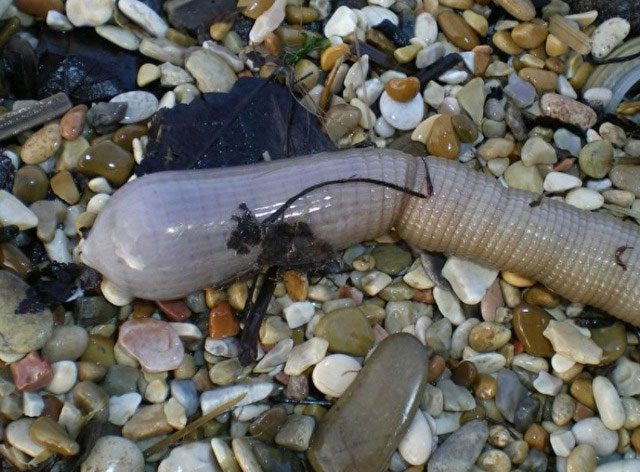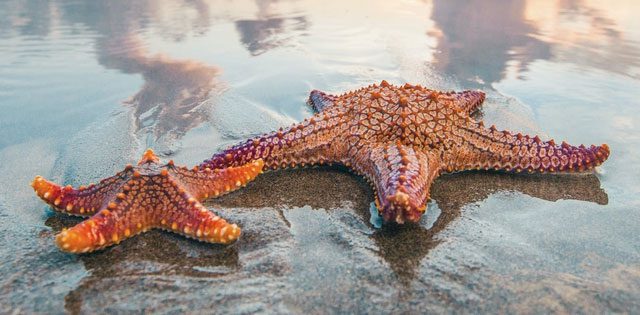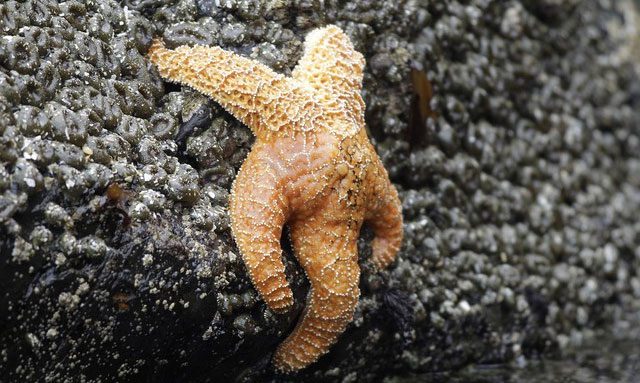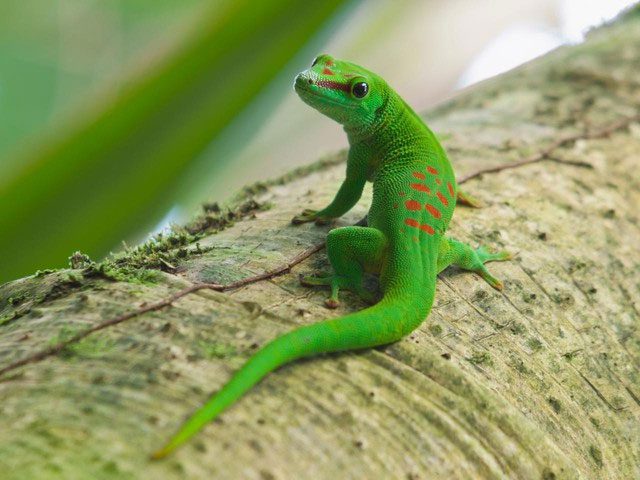Recent discoveries by scientists have astonished us; they have found a super-strong animal that can actually survive in space!
Peanut Worms Can Survive in Space for Years
Peanut worms, scientifically known as Sipuncula, are peculiar creatures that can survive in space for many years. This species has an incredible ability to regenerate, which fascinates humans as we ponder the wonders of life.

In a space environment, the regeneration ability of peanut worms is particularly important. (Illustrative image: Zhihu).
Peanut worms are tiny creatures, approximately 1 mm long and gray or transparent in color. What makes them special is their ability to create new individuals by self-severing their bodies during secondary reproduction. When threatened by the outside world, peanut worms will divide their bodies into many small pieces, each piece containing complete genetic information and capable of regenerating into a new individual. This regenerative ability allows peanut worms to survive in space for many years as they maintain stable populations by continuously reproducing.
In the harsh environment of space, the regeneration ability of peanut worms is particularly crucial. In space, where there is strong radiation and low temperatures, normal organisms struggle to survive in such conditions. Peanut worms can not only withstand radiation but also avoid the effects of extreme cold by self-severing their bodies. This makes them valuable allies in space exploration and could provide a reliable biological resource for extended space missions.

Peanut worms can avoid the effects of extreme cold by self-severing their bodies. (Illustrative image: Zhihu)
The regeneration ability of peanut worms has also garnered widespread interest in scientific research. Scientists are conducting in-depth studies on the mechanisms of their regeneration, hoping to unveil the secrets of this remarkable biological process. They have discovered that the regenerative capabilities of peanut worms are closely tied to the unique structure of their cells. Peanut worm cells contain numerous stem cells that can self-replicate and differentiate into various types of cells. By controlling the differentiation direction of these stem cells, peanut worms can regenerate many types of tissues and organs, achieving overall regeneration.
Beyond applications in space exploration and scientific research, the regenerative ability of peanut worms holds significant potential for the development of the medical field. The regenerative capacity of the human body is relatively limited, but through in-depth studies of the regeneration mechanisms in peanut worms, new methods for wound healing and functional restoration could emerge. The regenerative capabilities of peanut worms provide a crucial reference model that can inspire the medical community to develop more effective regenerative treatments and bring new hope for addressing major diseases.
Starfish Can Regrow Lost Body Parts
Starfish are widespread invertebrates found on the sea floor of all the world’s oceans. They typically develop in a radial pattern with five or more arms and come in various shapes and colors. These arms are covered with thousands of tube feet that help starfish move along the ocean floor, search for food, and escape predators.

Starfish typically develop in a radial pattern with five or more arms. (Illustrative image: Zhihu).
However, the most remarkable feature of starfish is their ability not only to repair damaged body tissues but also to regenerate lost body parts. When a part of a starfish is severed or attacked by a predator, the corresponding body tissue will immediately begin to regenerate. This regeneration process is carried out by a special group of cells known as regenerative cells.
These regenerative cells are found in various parts of the starfish’s body and have the ability to differentiate multiple times. After injury, these cells rapidly divide and develop into different types of tissues to regenerate the lost body part. This process typically takes several months or even years, but eventually results in a complete starfish.
The regenerative capacity of starfish goes beyond merely repairing body tissues; they can also reproduce through a process called fission. When starfish reach maturity, special fissures appear on their bodies, causing them to split into two separate individuals. Each new individual possesses complete organs and capabilities and can live independently. This method of reproduction allows starfish populations to grow rapidly, playing a crucial role in maintaining marine ecosystem balance.

Starfish can reproduce through a process called fission. (Illustrative image: Zhihu).
Scientists are making rapid progress in researching the regenerative abilities of starfish, hoping to reveal the mechanisms and processes of starfish cell regeneration, which may inspire regenerative medicine research in human medicine. The regenerative capabilities of starfish may help address treatment issues for various diseases and injuries in humans, such as liver regeneration, nerve tissue repair, and the regeneration of amputated limbs.
Lizards Can Regenerate a Complete Tail
Lizards are remarkable creatures with incredible regenerative abilities. When faced with danger, they can voluntarily sever their tails and subsequently grow a new one with all original functions. This unique characteristic is captivating and has attracted scientists’ interest.
The lizard’s miraculous tail regeneration stems from its adaptive and regenerative capabilities. When lizards feel their safety is threatened, they actively shed their tails, a process known as “autotomy.” Although it seems they lose an important body part, within just one month, lizards can regenerate a complete tail without any deformities or defects.

When lizards feel their safety is threatened, they actively shed their tails. (Illustrative image: Zhihu).
The mechanism behind lizards’ tail regeneration is fascinating. In fact, the tail regeneration process in lizards involves many complex biological processes.
- First, when the tail is severed, a clotting and platelet response is triggered at the moment of severance. This clotting forms a temporary wound covering to prevent excessive blood loss.
- Next, stem cells are activated and begin to divide, proliferating in the wound. These stem cells quickly differentiate into various cell types, such as muscle cells, connective tissue cells, and bone cells. These cells continue to divide and grow, ultimately forming a new tail.
There are several remarkable features behind this process. First, the regenerated tail is often longer than the original tail. Some studies suggest this may be due to faster internal cell division in the new tail, making it longer. Second, the rate of tail regeneration in lizards is also astonishing. Compared to the regenerative abilities of other animal species, lizards regenerate their tails remarkably quickly. Within a month, a lizard can grow a fully functional tail.
The marvel of lizard tail regeneration is not just a biological oddity; it also has practical applications. Many scientists hope to learn from lizards’ regenerative abilities to develop more effective regenerative therapies. By studying the regeneration process in lizards, scientists hope to uncover mechanisms that could enhance human tissue regeneration processes. This could aid in treating various chronic diseases and injuries.
In addition to applications in scientific research, the regenerated tail of lizards also has certain ecological significance. The tail helps lizards maintain bodily balance and stability. When a lizard loses its tail, the regenerated tail restores this function. This ability enhances lizards’ adaptability to their environment.
This discovery prompts us to reflect deeply on the potential of regeneration and raises public expectations for regenerative medicine. We have reason to believe that by studying animals with extraordinary regenerative capabilities, humans can create a future with extraordinary regenerative potential.


















































